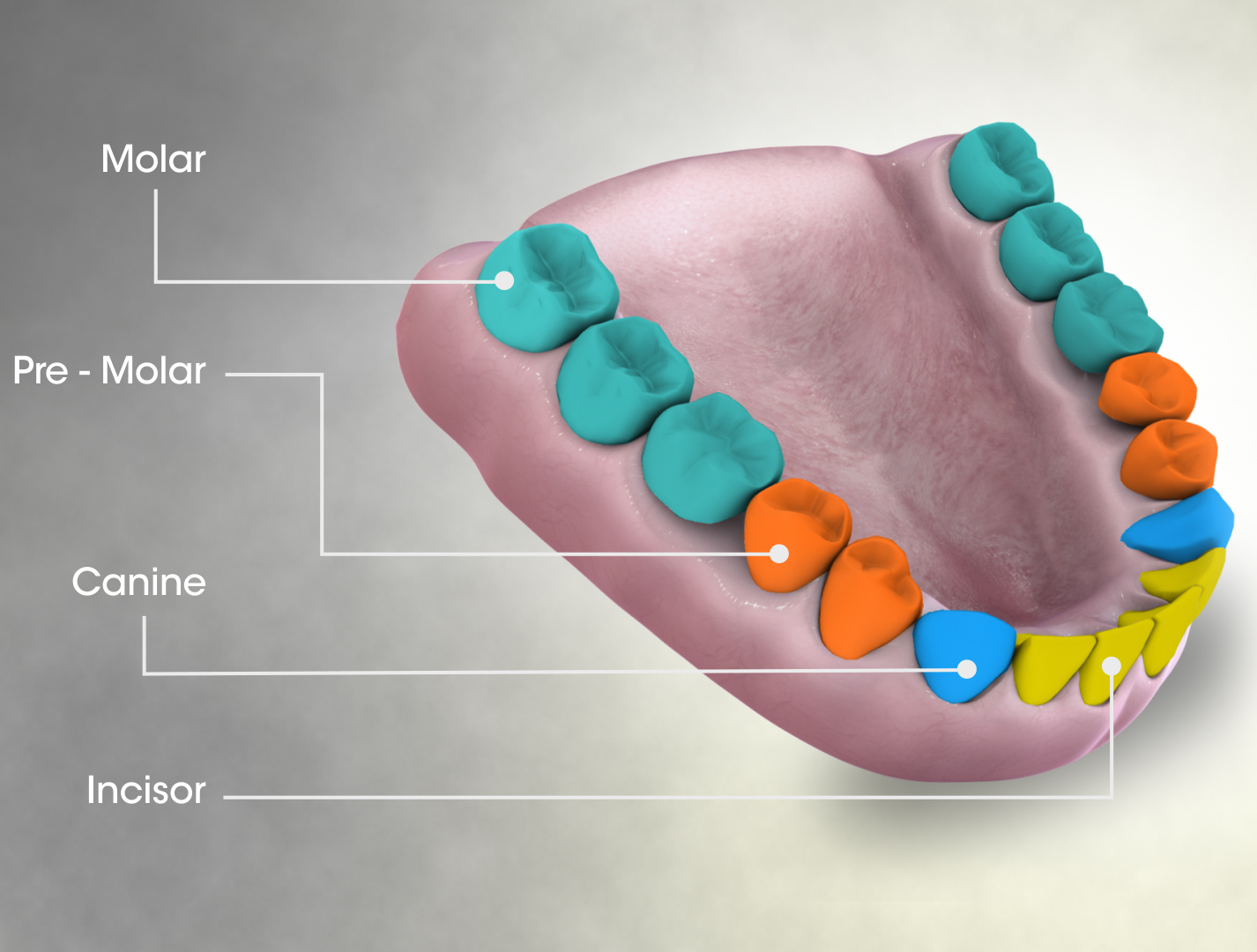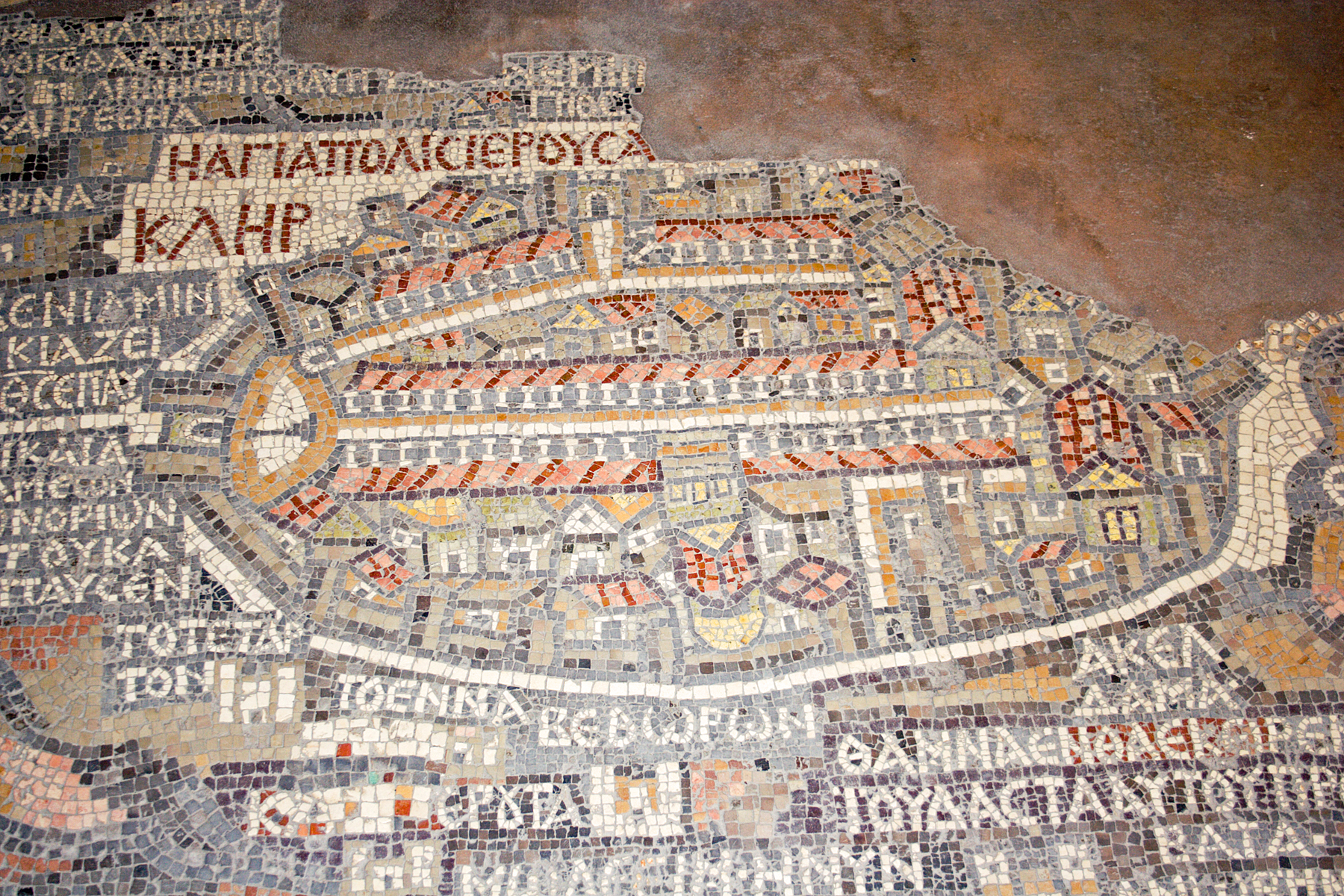|
Sigmodontine
The rodent subfamily Sigmodontinae includes New World rats and mice, with at least 376 species. Many authorities include the Neotominae and Tylomyinae as part of a larger definition of Sigmodontinae. When those genera are included, the species count numbers at least 508. Their distribution includes much of the New World, but the genera are predominantly South American, such as brucies. They invaded South America from Central America as part of the Great American Interchange near the end of the Miocene, about 5 million years ago. Sigmodontines proceeded to diversify explosively in the formerly isolated continent. They inhabit many of the same ecological niches that the Murinae occupy in the Old World. The "Thomasomyini" from the Atlantic Forest of Brazil are generally thought to be not especially related to the "real" Thomasomyini from the northern Andes and the Amazon rainforest. The genera ''Wiedomys'' and '' Sigmodon'' are generally placed in their own tribe, and the "phyll ... [...More Info...] [...Related Items...] OR: [Wikipedia] [Google] [Baidu] |
Rodent
Rodents (from Latin , 'to gnaw') are mammals of the Order (biology), order Rodentia (), which are characterized by a single pair of continuously growing incisors in each of the upper and lower jaws. About 40% of all mammal species are rodents. They are native to all major land masses except for New Zealand, Antarctica, and several oceanic islands, though they have subsequently been introduced to most of these land masses by human activity. Rodents are extremely diverse in their ecology and lifestyles and can be found in almost every terrestrial habitat, including human-made environments. Species can be arboreal, fossorial (burrowing), saltatorial/richochetal (leaping on their hind legs), or semiaquatic. However, all rodents share several morphological features, including having only a single upper and lower pair of ever-growing incisors. Well-known rodents include Mouse, mice, rats, squirrels, prairie dogs, porcupines, beavers, guinea pigs, and hamsters. Rabbits, hares, and ... [...More Info...] [...Related Items...] OR: [Wikipedia] [Google] [Baidu] |
Great American Interchange
The Great American Biotic Interchange (commonly abbreviated as GABI), also known as the Great American Interchange and the Great American Faunal Interchange, was an important late Cenozoic paleozoogeographic biotic interchange event in which land and freshwater fauna migrated from North America via Central America to South America and vice versa, as the volcanic Isthmus of Panama rose up from the sea floor and bridged the formerly separated continents. Although earlier dispersals had occurred, probably over water, the migration accelerated dramatically about 2.7 million years ( Ma) ago during the Piacenzian age. It resulted in the joining of the Neotropic (roughly South American) and Nearctic (roughly North American) biogeographic realms definitively to form the Americas. The interchange is visible from observation of both biostratigraphy and nature ( neontology). Its most dramatic effect is on the zoogeography of mammals, but it also gave an opportunity for reptiles, ... [...More Info...] [...Related Items...] OR: [Wikipedia] [Google] [Baidu] |
Pliocene
The Pliocene ( ; also Pleiocene) is the epoch in the geologic time scale that extends from 5.333 million to 2.58See the 2014 version of the ICS geologic time scale million years ago. It is the second and most recent epoch of the Period in the Cenozoic Era. The Pliocene follows the Miocene Epoch and is followed by the Pleistocene Epoch. Prior to the 2009 revision of the geologic time scale, which placed the fou ... [...More Info...] [...Related Items...] OR: [Wikipedia] [Google] [Baidu] |
Andes
The Andes, Andes Mountains or Andean Mountains (; ) are the longest continental mountain range in the world, forming a continuous highland along the western edge of South America. The range is long, wide (widest between 18°S – 20°S latitude), and has an average height of about . The Andes extend from north to south through seven South American countries: Venezuela, Colombia, Ecuador, Peru, Bolivia, Chile, and Argentina. Along their length, the Andes are split into several ranges, separated by intermediate depressions. The Andes are the location of several high plateaus—some of which host major cities such as Quito, Bogotá, Cali, Arequipa, Medellín, Bucaramanga, Sucre, Mérida, El Alto and La Paz. The Altiplano plateau is the world's second-highest after the Tibetan plateau. These ranges are in turn grouped into three major divisions based on climate: the Tropical Andes, the Dry Andes, and the Wet Andes. The Andes Mountains are the highest mountain ra ... [...More Info...] [...Related Items...] OR: [Wikipedia] [Google] [Baidu] |
Molar (tooth)
The molars or molar teeth are large, flat teeth A tooth ( : teeth) is a hard, calcified structure found in the jaws (or mouths) of many vertebrates and used to break down food. Some animals, particularly carnivores and omnivores, also use teeth to help with capturing or wounding prey, te ... at the back of the mouth. They are more developed in mammal, mammals. They are used primarily to comminution, grind food during mastication, chewing. The name ''molar'' derives from Latin, ''molaris dens'', meaning "millstone tooth", from ''mola'', millstone and ''dens'', tooth. Molars show a great deal of diversity in size and shape across mammal groups. The third molar of humans is sometimes vestigial. Human anatomy In humans, the molar teeth have either four or five cusp (dentistry), cusps. Adult humans have 12 molars, in four groups of three at the back of the mouth. The third, rearmost molar in each group is called a Third molar, wisdom tooth. It is the last tooth to appear, ... [...More Info...] [...Related Items...] OR: [Wikipedia] [Google] [Baidu] |
Orthodontist
Orthodontics is a dentistry specialty that addresses the diagnosis, prevention, management, and correction of mal-positioned teeth and jaws, and misaligned bite patterns. It may also address the modification of facial growth, known as dentofacial orthopedics. Abnormal alignment of the teeth and jaws is very common. Nearly 50% of the developed world's population, according to the American Association of Orthodontics, has malocclusions severe enough to benefit from orthodontic treatment: although this figure decreases to less than 10% according to the same AAO statement when referring to medically necessary orthodontics. However, conclusive scientific evidence for the health benefits of orthodontic treatment is lacking, although patients with completed orthodontic treatment have reported a higher quality of life than that of untreated patients undergoing orthodontic treatment. Treatment may require several months to a few years, and entails using dental braces and other appliances t ... [...More Info...] [...Related Items...] OR: [Wikipedia] [Google] [Baidu] |
Sigma
Sigma (; uppercase Σ, lowercase σ, lowercase in word-final position ς; grc-gre, σίγμα) is the eighteenth letter of the Greek alphabet. In the system of Greek numerals, it has a value of 200. In general mathematics, uppercase Σ is used as an operator for summation. When used at the end of a letter-case word (one that does not use all caps), the final form (ς) is used. In ' (Odysseus), for example, the two lowercase sigmas (σ) in the center of the name are distinct from the word-final sigma (ς) at the end. The Latin letter S derives from sigma while the Cyrillic letter Es derives from a lunate form of this letter. History The shape (Σς) and alphabetic position of sigma is derived from the Phoenician letter ( ''shin''). Sigma's original name may have been ''san'', but due to the complicated early history of the Greek epichoric alphabets, ''san'' came to be identified as a separate letter in the Greek alphabet, represented as Ϻ. Herodotus reports that "sa ... [...More Info...] [...Related Items...] OR: [Wikipedia] [Google] [Baidu] |
Type Genus
In biological taxonomy, the type genus is the genus which defines a biological family and the root of the family name. Zoological nomenclature According to the International Code of Zoological Nomenclature, "The name-bearing type of a nominal family-group taxon is a nominal genus called the 'type genus'; the family-group name is based upon that of the type genus." Any family-group name must have a type genus (and any genus-group name must have a type species, but any species-group name may, but need not, have one or more type specimens). The type genus for a family-group name is also the genus that provided the stem to which was added the ending -idae (for families). :Example: The family name Formicidae has as its type genus the genus '' Formica'' Linnaeus, 1758. Botanical nomenclature In botanical nomenclature, the phrase "type genus" is used, unofficially, as a term of convenience. In the '' ICN'' this phrase has no status. The code uses type specimens for ranks up to ... [...More Info...] [...Related Items...] OR: [Wikipedia] [Google] [Baidu] |
Reithrodon
''Reithrodon'' is a genus of rodent in the family Cricetidae. It contains the following living species: * Bunny rat (''Reithrodon auritus'') * Naked-soled conyrat The naked-soled conyrat (''Reithrodon typicus'') is a species of rodent in the family Cricetidae. It is an herbivore of grasslands in northern Argentina, southern Brazil, and Uruguay. Its karyotype A karyotype is the general appearance of the ... (''Reithrodon typicus'') The scientific name translates as "channel tooth" and refers to grooves on the upper incisors. The oldest fossils date from the late Pliocene, about four million years ago. The immediate ancestors of the genus may have evolved as the southern regions of South America became increasingly arid around the end of the Miocene. References External links Tree of Life: Reithrodon Rodent genera Taxonomy articles created by Polbot {{Sigmodontinae-stub ... [...More Info...] [...Related Items...] OR: [Wikipedia] [Google] [Baidu] |
Euneomys
''Euneomys'' is a genus of rodent in the family Cricetidae. It contains the following species: * Patagonian chinchilla mouse (''Euneomys chinchilloides'') * Burrowing chinchilla mouse (''Euneomys fossor'') * Biting chinchilla mouse (''Euneomys mordax'') * Peterson's chinchilla mouse Peterson's chinchilla mouse (''Euneomys petersoni'') is a species of rodent in the family Cricetidae. It is found in west central and southern Argentina and nearby areas of Chile Chile, officially the Republic of Chile, is a country in th ... (''Euneomys petersoni'') References Rodent genera Taxonomy articles created by Polbot {{Sigmodontinae-stub ... [...More Info...] [...Related Items...] OR: [Wikipedia] [Google] [Baidu] |
Punomys
''Punomys'' is a genus of rodent in the family Cricetidae. It contains the following species: * Eastern puna mouse The eastern puna mouse (''Punomys kofordi'') is a species of rodent in the family Cricetidae. It is endemic to southern Peru , image_flag = Flag of Peru.svg , image_coat = Escudo nacional del Perú.svg , other_sy ... (''Punomys kofordi'') * Puna mouse (''Punomys lemminus'') References Rodent genera Taxonomy articles created by Polbot {{Sigmodontinae-stub ... [...More Info...] [...Related Items...] OR: [Wikipedia] [Google] [Baidu] |


.jpg)



